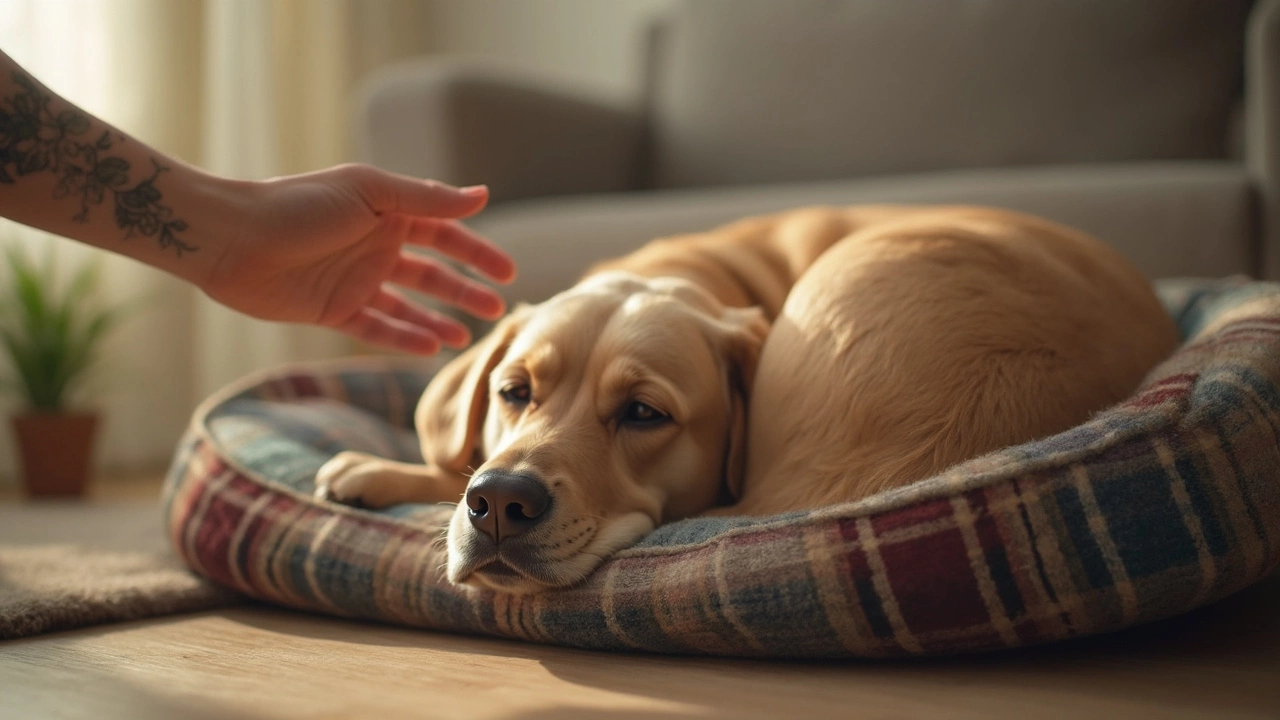Stroking Dogs: Simple Tips for a Happy, Calm Pup
Ever wonder why some dogs love a good rub while others twitch and pull away? It’s not magic – it’s how you approach the stroke. The right touch can turn a nervous pooch into a tail‑wagging buddy, and the wrong one can make them shy away. Below are the basics you need to get the most out of a quick petting session.
Where to Start: The Safe Zones
Most dogs feel safest when you begin on the chest or the sides of the neck. These areas have less nerve density, so a gentle glide feels soothing rather than startling. Place your hand flat, let your palm rest on the ribcage, and move slowly toward the shoulders. If the dog leans into your hand, you’ve hit the sweet spot. If they turn their head away, pull back a bit and try a softer pressure.
Next, move to the base of the tail – just above the hips. This spot is a favorite for many pups, but watch for signs of discomfort like a stiff tail or a quick snap of the head. A short, light stroke here can be a confidence boost, especially for shy dogs that need reassurance.
What to Avoid: Common Mistakes
Never rub a dog's face or ears unless you know they’re comfortable with it. Those areas are highly sensitive, and a quick pat can feel like a bite. Also, keep your nails trimmed; a scratch can turn a pleasant session into a painful one. When you’re unsure, stick to the chest and sides – they’re the universal “go‑to” zones.
Another slip‑up is the pressure. A firm hand might feel reassuring to you, but many dogs interpret it as a clamp. Aim for a soft, lingering contact. Think of it as the difference between a handshake and a grip – the lighter the better for most dogs.
Finally, watch the dog's body language. A relaxed posture, soft eyes, and a wagging tail mean they’re enjoying it. Ears back, a stiff body, or a quick, sharp bark are clear signals to stop or give space.
Building Trust Over Time
Stroking isn’t a one‑off trick; it’s part of a larger trust‑building routine. Start with short 5‑second strokes and gradually increase the time as the dog shows comfort. Pair the petting with a treat or a calm voice to reinforce the positive vibe.
If you have multiple dogs, stroke them individually. Even the most social pups can get jealous if they see you focusing on a buddy. Giving each dog their own moment helps avoid competition and keeps the peace.
Remember, every dog is unique. Some love a deep chest rub, others prefer a light tap on the side. The key is paying attention, adjusting your touch, and staying consistent.
With these straightforward tips, you’ll turn a simple stroke into a powerful bonding tool. Your dog will learn that you’re a source of calm, and you’ll both enjoy more relaxed, happy moments together.
Posted By Bryndle Redding On 30 Jun 2025 Comments (0)
Do Dogs Like Being Stroked While Sleeping? Dog Sleep Behavior Explained
Do dogs really enjoy being stroked while they're asleep? Explore their sleep behavior, warning signs, and touch preferences for better pet care.
READ MORE